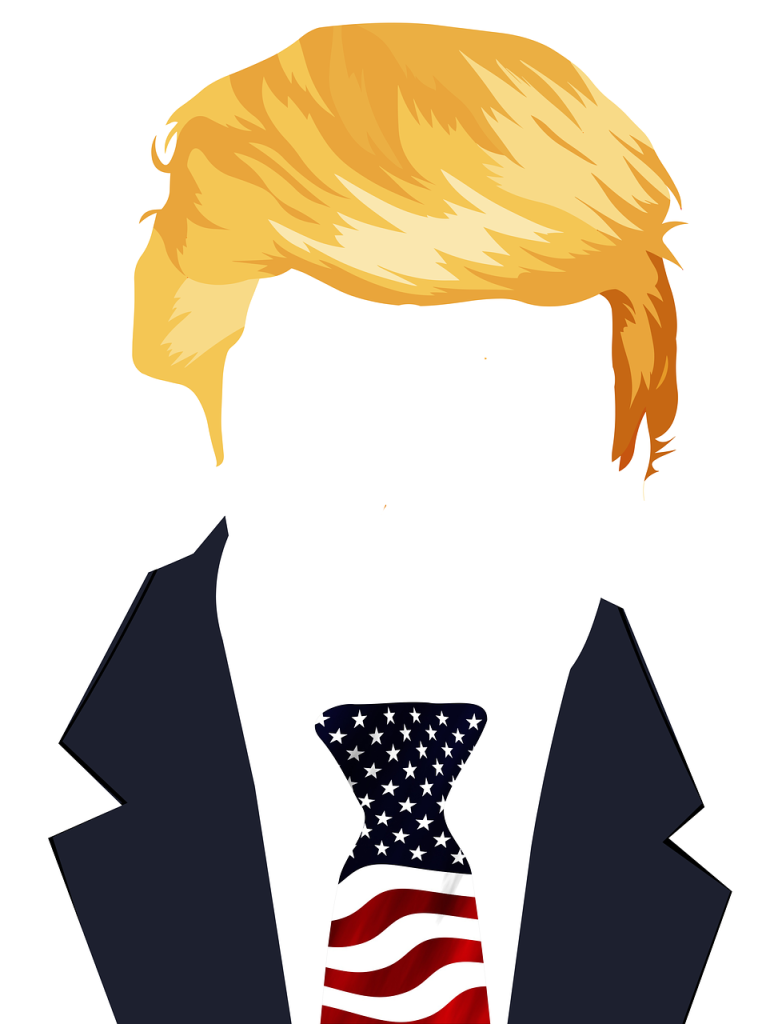On April 2, 2025, President Donald Trump announced sweeping new tariffs under his “reciprocal trade” policy, imposing a 10% baseline tariff on all imports and higher, customized rates on countries with large trade surpluses with the U.S. . These measures, justified under the International Emergency Economic Powers Act (IEEPA), aim to address trade deficits and “unfair” foreign practices but have sent shockwaves through global supply chains—particularly in the electric power and clean energy sectors .
This analysis explores how these tariffs will reshape the electric industry, from grid infrastructure and renewable energy deployment to consumer costs and global trade dynamics.
1. Tariffs’ Direct Impact on Electrical Equipment Shortages
The U.S. electric industry is already grappling with chronic shortages of transformers, circuit breakers, and switchgear—a crisis persisting for 54 consecutive months . These shortages have slowed grid upgrades and renewable energy integration, exacerbating delays in connecting new power plants and data centers.
- Higher Costs for Imports: The 10% universal tariff (and up to 54% for China) will further strain supply chains, as 52% of U.S. wire/cable imports and 21% of transformers come from Mexico, while China dominates solar panel and battery components .
- Domestic Production Lag: While Trump’s policy aims to boost U.S. manufacturing, analysts warn it takes years to build new factories for specialized equipment like high-voltage transformers . In the interim, utilities face higher costs and project delays.
Key Takeaway: Expect rising electricity prices as utilities pass on tariff-induced costs to consumers .
2. Clean Energy Transition at Risk
Trump’s tariffs clash with the Biden-era Inflation Reduction Act (IRA), which spurred a solar manufacturing boom (U.S. capacity grew from 14.5 GW in 2023 to 50 GW in 2025) . However:
- Solar Industry Dilemma: Most U.S.-made solar modules still rely on imported components from China and Southeast Asia. The new tariffs could disrupt supply chains, forcing developers to choose between higher costs or stalled projects .
- Battery and EV Supply Chains: A 25% auto tariff (separate from reciprocal rates) hits EVs assembled in Mexico, like the Ford Mustang Mach-E and Chevy Equinox . This could slow EV adoption and battery production scaling.
- Paradox for China: While tariffs may curb Chinese clean-tech exports to the U.S., they could accelerate China’s pivot to emerging markets (e.g., Brazil, Pakistan), potentially speeding up the global energy transition—just not in America .
Key Takeaway: The U.S. risks losing its clean energy momentum while China adapts by dominating other markets.
3. Grid Resilience and National Security Concerns
Trump’s order exempts critical minerals and some energy products, but the broader tariffs threaten defense-industrial base needs .
- Military Readiness: The White House argues that trade deficits have hollowed out U.S. manufacturing capacity, weakening the ability to produce essential goods for national defense . However, tariffs on electrical components could delay military base upgrades and weapons production.
- Cyber-Physical Vulnerabilities: Grid operators warn that dependency on foreign-made transformers and smart grid tech exposes the U.S. to supply chain attacks . While reshoring is a goal, the transition period increases risks.
Key Takeaway: Tariffs may theoretically strengthen long-term resilience but could short-term exacerbate vulnerabilities.
4. Global Reactions and Trade War Risks
Countries are preparing retaliatory measures, which could spiral into a full-blown trade war:
- EU: Plans counter-tariffs on U.S. goods, targeting agriculture and machinery .
- China: Vows “countermeasures,” potentially restricting U.S. energy exports (e.g., LNG) .
- Mexico/Canada: Auto tariffs could disrupt North American supply chains, raising costs for U.S. automakers .
For the electric industry, this means more uncertainty in sourcing materials like copper (exempted but vulnerable to future tariffs) and semiconductors (partially exempt) .
Key Takeaway: A tit-for-tat trade war could make electrical equipment even scarcer and costlier.
5. Long-Term Outlook: Pain Before Gain?
Proponents argue tariffs will revive U.S. manufacturing, citing investments like:
- Hyundai’s $21B U.S. EV plants
- Schneider Electric’s $700M expansion
However, critics highlight:
- Consumer Costs: Tariffs act as hidden taxes, raising prices for everything from home appliances to grid infrastructure .
- Execution Challenges: Building a self-sufficient electric industry requires decades, not just tariffs.
Key Takeaway: The policy’s success hinges on whether domestic production can scale fast enough to offset short-term disruptions.
Conclusion: A High-Stakes Gamble
Trump’s reciprocal tariffs represent a radical shift in U.S. trade policy, with profound implications for the electric industry. While they aim to reduce dependency on foreign suppliers and boost jobs, the immediate effects—higher costs, supply chain chaos, and clean energy delays—pose significant risks.
The coming months will reveal whether this gamble pays off or leaves the U.S. struggling to keep the lights on.



